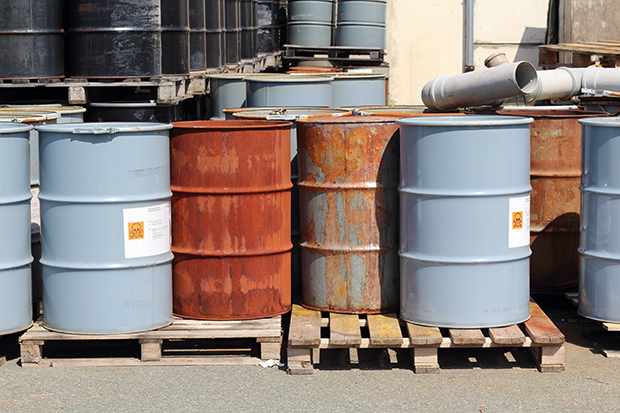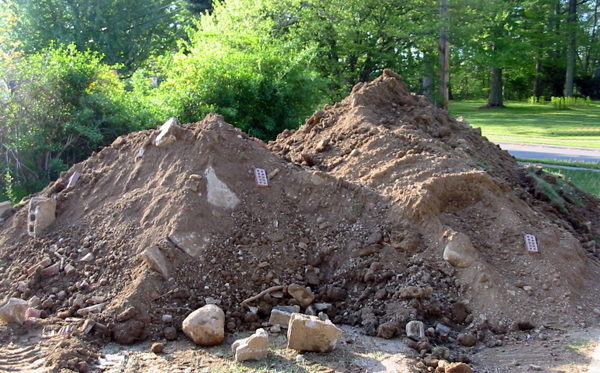

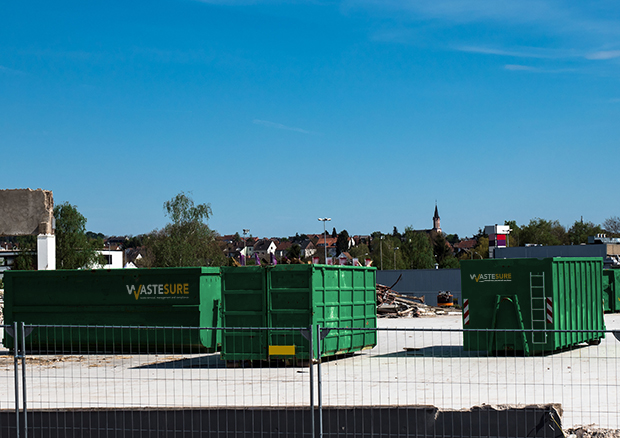
Waste analysis is the process used to determine the exact composition of a waste product. Analysing waste is particularly useful when you can’t be absolutely certain of what a waste produce is made up of or if you are unsure whether a waste is hazardous or not.
To determine the composition of a waste type, several tests are performed to identify particular determinands including water, pH, heavy metals and bacteria. Waste analysis is the only way to be absolutely sure what your waste is composed of and, therefore, which EWC code is the most appropriate.
Waste should be tested independently to avoid any possibility that the results may be skewed in favour of a particular result. Impartiality is crucial to establish that the results are fair and may be used to designate the correct EWC code. There should never be any doubt that you have followed your waste duty of care to the letter.
We will never test your waste ourselves because we believe that independent analysis is critical to your waste duty of care. Instead, we use trusted partners within our network to perform each analysis and rotate between companies to ensure balance.
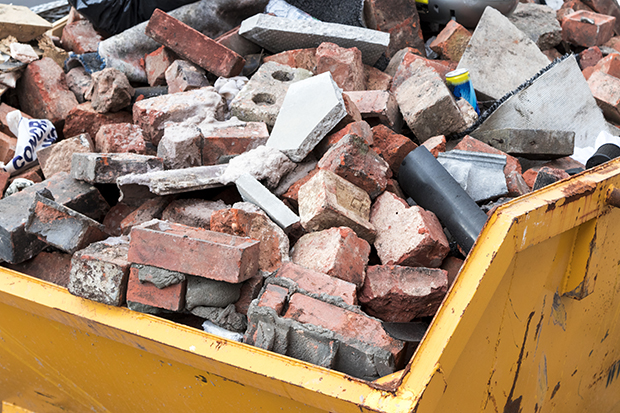
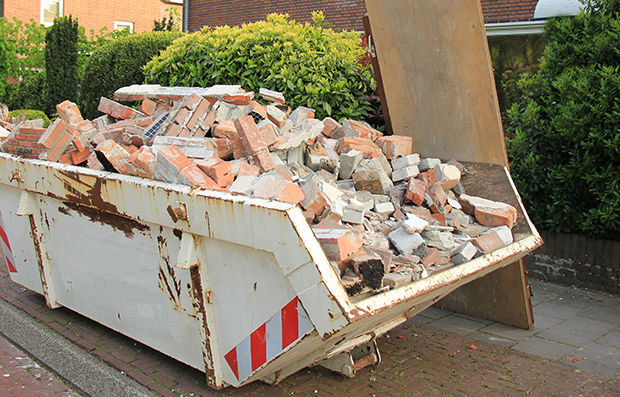
Waste analysis is not necessary for all types of waste. In many cases, you will know exactly what your waste type is, and therefore which EWC code is most appropriate. If you know where your waste has come from, you can see exactly what it is and know it isn’t hazardous, you probably don’t need to perform an analysis
However, where there is any doubt, we recommend a full analysis just to be on the safe side. For example, if you have a site full of sludge, you should consider getting it tested to ensure that there are no hidden hazardous materials that aren’t immediately obvious.
If a waste could be deemed hazardous, we would always recommend waste analysis to check whether the waste meets the hazardous waste parameters or not. In some cases, analysis can show that a waste material is below the threshold and can therefore save the waste producer a lot of money on disposal.
Where a large area of waste material may be hazardous, we recommend testing multiple areas to identify any hazardous hotspots. This allows us to separate hazardous and non-hazardous waste where possible to ensure the proper disposal of all the waste.
